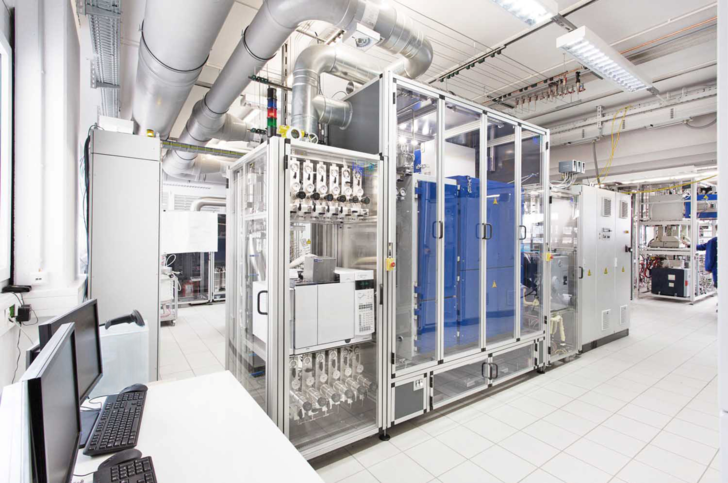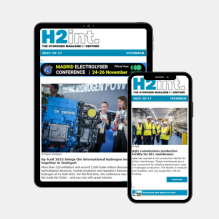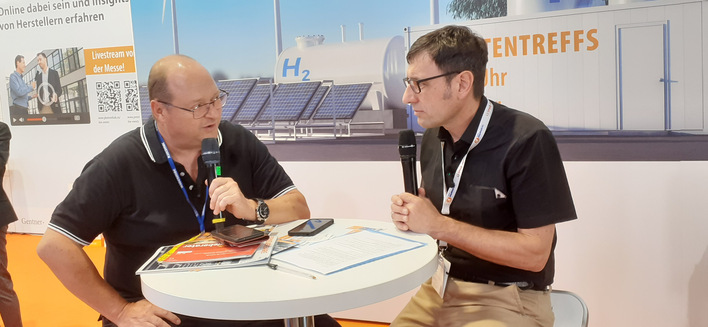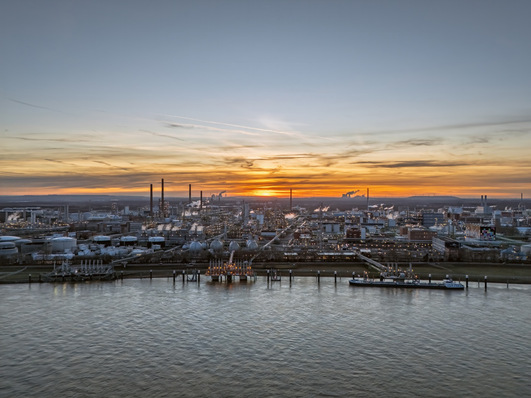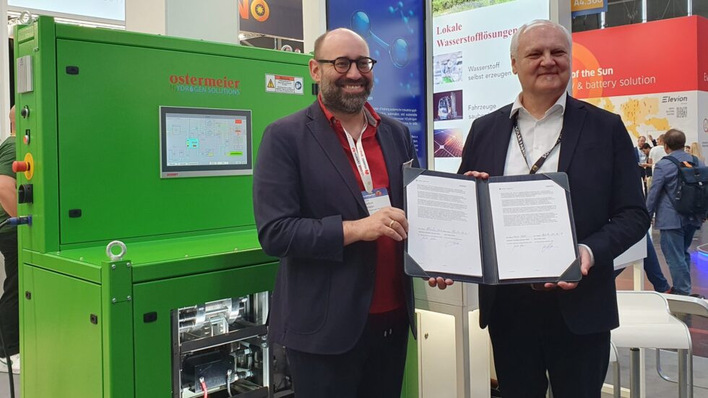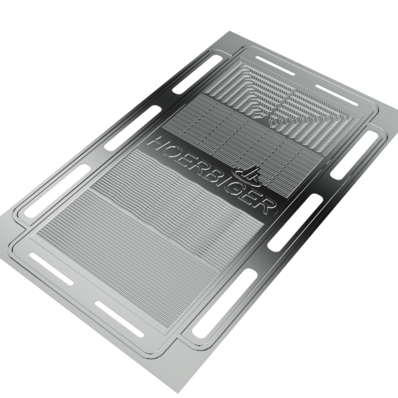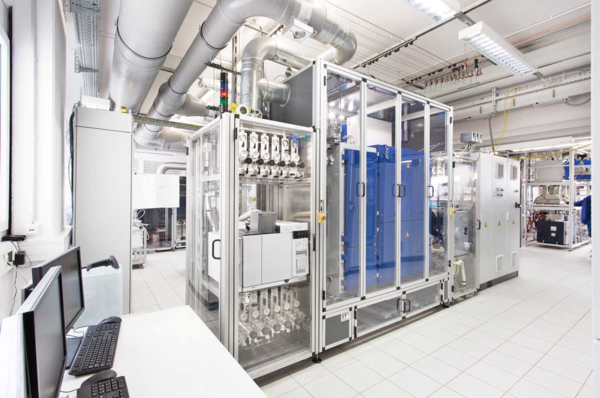Converting green hydrogen into ammonia for long-distance transport is a preferred approach in many scenarios. The large-scale Haber-Bosch process is available for this purpose. However, the reverse process—splitting ammonia back into hydrogen and nitrogen—is more challenging. Thermal cracking requires high temperatures and significant energy input. Catalytic decomposition, often colloquially referred to as "cracking" as well, can be carried out at significantly lower temperatures and with reduced energy consumption.
The collaboration focused on screening potential catalyst materials. To this end, hte employed a 16-fold high-throughput testing unit capable of operating under demanding conditions, including temperatures above 700 °C and pressures in the mid-double-digit bar range. This setup enabled rapid testing of a wide range of noble metal-based catalysts under industry-relevant pressures, temperatures, and feed compositions.
Hte used a fully automated, digital workflow for the testing process. Experiments were monitored using online analytics, and the resulting data were documented and evaluated using hte's proprietary software solutions. Heraeus contributed its expertise in precious metals to identify and optimize promising catalyst candidates.
As a result, the partners succeeded in developing a stable and high-performance ruthenium catalyst, which is now set to be introduced to the market.


